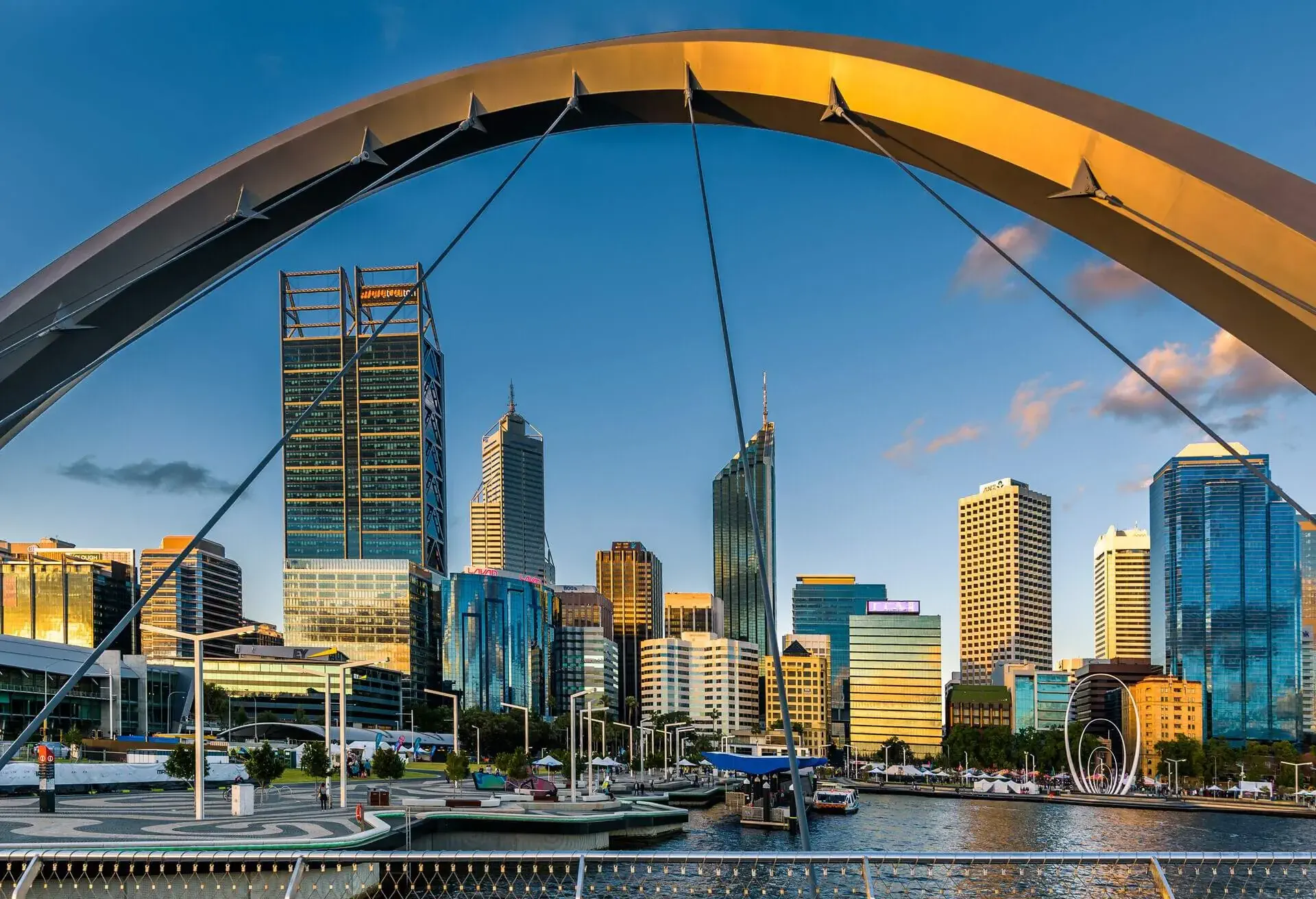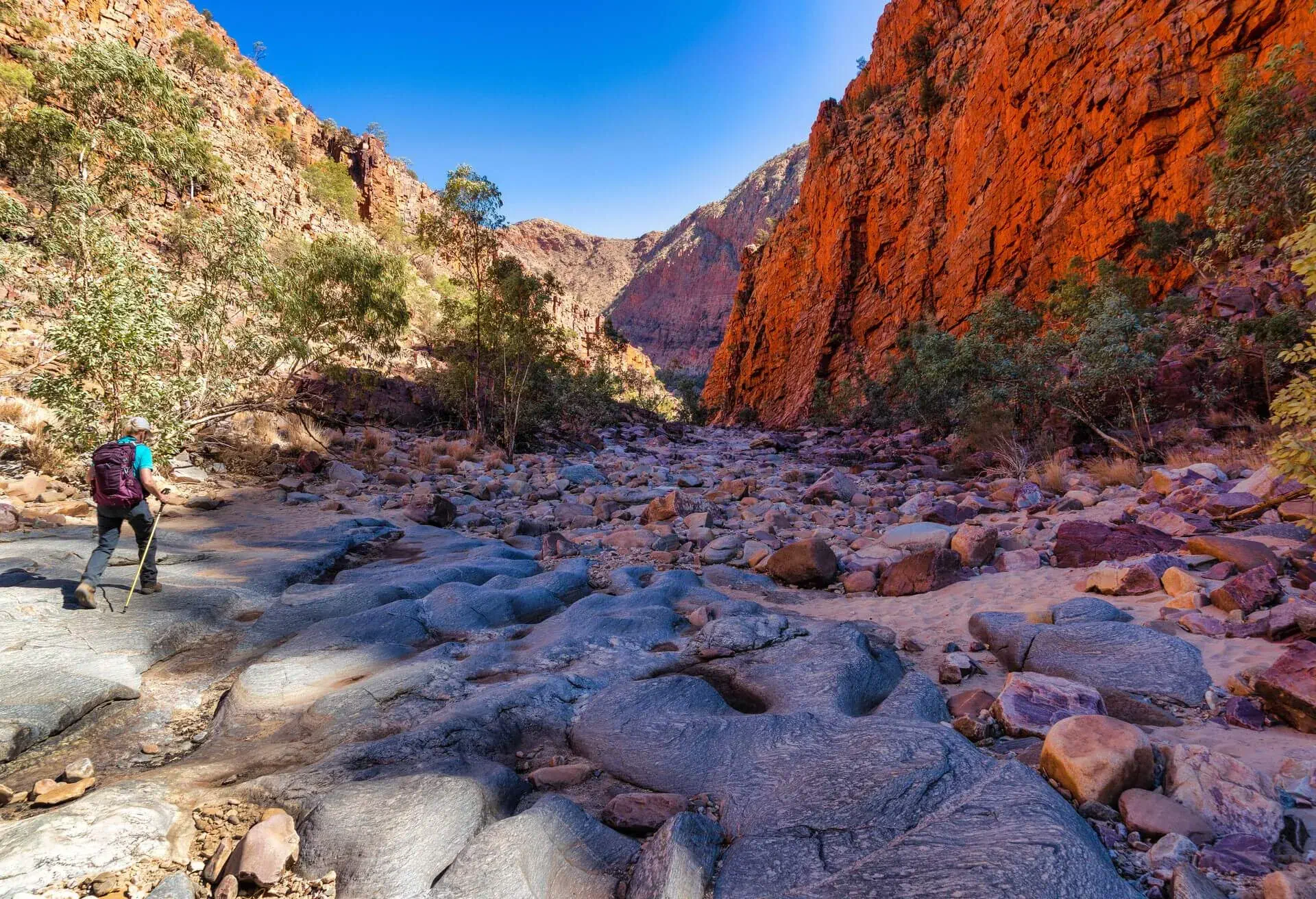
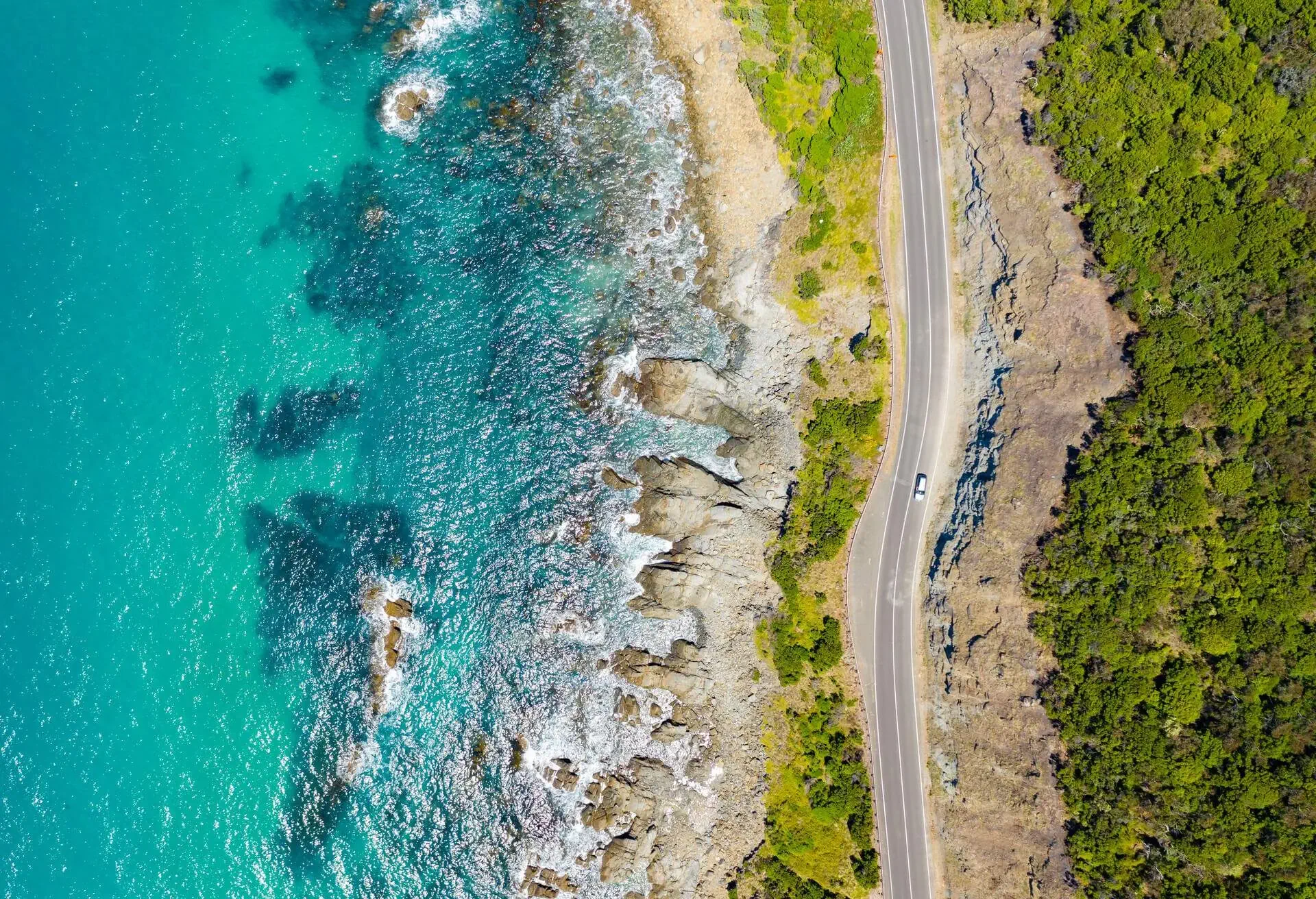
Road Trip Index: Australia
Welcome to your source for discovering the best road trip states and territories! We’ve rated Australia’s eight states and territories according to 28 factors – see where to go based on what each state offers and the type of trip you’re interested in.
This report was issued on July 12, 2022.
Important: Please check the latest travel restrictions and travel advisories before planning any journey.
Australia’s best states for a roadie
Australia is not only beautiful, but also big! So where to go for your road trip this year? In our new road trip index for Australia, we list the states and territories according to 28 specific criteria and five categories to help you choose.
For our index, we took into account factors such as average temperatures, road safety, e-car suitability, pollution, scenic routes and, for outdoor enthusiasts, camping opportunities. After all, camping has also gained in popularity in recent years.
Each state’s final score was derived from calculations (see Methodology) and is presented on a scale from 1-100. However, we’re using each factor’s original values below for better clarity.
You can see how states rank on individual factors by clicking on the factor icons.
* Tolls policy has been categorised 1-3 with: 1 – denoting toll-free roads, 2 – payment required only for certain bridges/tunnels, 3 – some paid motorways
The factors presented are in the original data values but the total score is presented on a 1-100 scale, with 100 being the best, based on the normalisation calculations. For more information, please see the full Methodology.
Road Trip Index Legend
Camping & Outdoors
– Precipitation (avg. mm)
– Temperature (avg. degrees °C)
– Density of holiday parks
– Holiday park prices (avg. per day)
Nature & Landmarks
– Big Things (per 100 km²)
– Terrestrial protected areas (% share)
– National parks (% share of land area)
– Scenic routes (% length of all scenic routes in AU)
Infrastructure & Accessibility
– Speed limits (km/h)
– Car accidents (per 100,000 inhabitants)
– Quality of roads (Length of unpaved roads per 100 km²)
– Length of roads (per 100 km²)
– Public toilets (per 100 km²)
– Radio coverage (per 100 km²)
– Mobile coverage (scale 1-50)
– Service stations/petrol stations (per 100 km²)
– Car hire ratings (scale 1-100)
Affordability
– Road tolls (categories 1-3)
– Hotels (avg. price/night)
– Parking (1h, on street)
– Hotels with free parking (% share)
– Restaurant (avg. price/McMeal)
– Coffee break (avg. price/cappuccino)
– Car hire (avg. per day)
Traffic & Sustainability
– EV charging stations (per 100,000 km²)
– Air pollution (avg. annual exposure)
– Road congestion
– Passenger cars (per 1,000 inhabitants)
Insights from the study
The rankings from this study are divided into five different road trip types: Infrastructure & Accessibility, Affordability, Traffic & Sustainability, Camping & Outdoors and Nature & Landmarks. Each of these types uses multiple factors that each have different weights, depending on their impact on the attractiveness of a road trip.
The regions that are ranked the best for a road trip are likely states and territories with plenty of nature and sites, lower hotel and car hire prices, a good selection of campsites and good road quality. Subsequently, the countries that are ranked less attractive for a road trip likely have higher prices, unfavourable road conditions, fewer campsites and/or don’t have as much nature and sites to explore.
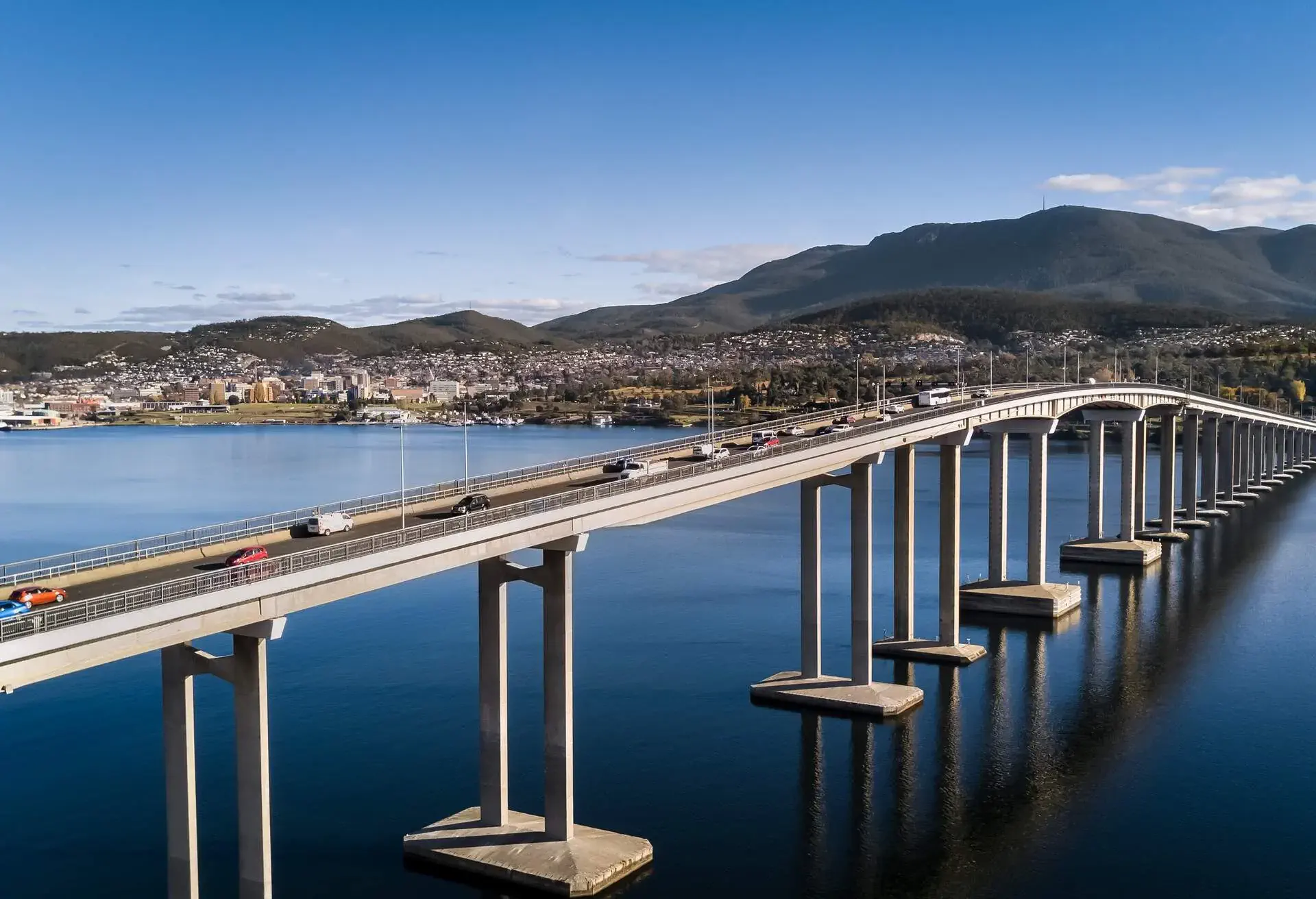
#1 Tasmania
Tasmania rose to the top of the index for many important reasons. As a prime road trip destination, it has few serious car accidents, good radio coverage throughout the state, and has the second-most electric vehicle charging stations for those going on an eco-friendly road trip. Offering great affordability, Tasmania has the highest percentage of hotels that offer free parking and has affordable restaurant prices. There’s also plenty of natural wonder to discover, Tasmania has the most terrestrial protected areas and national parks, plus the least air pollution.
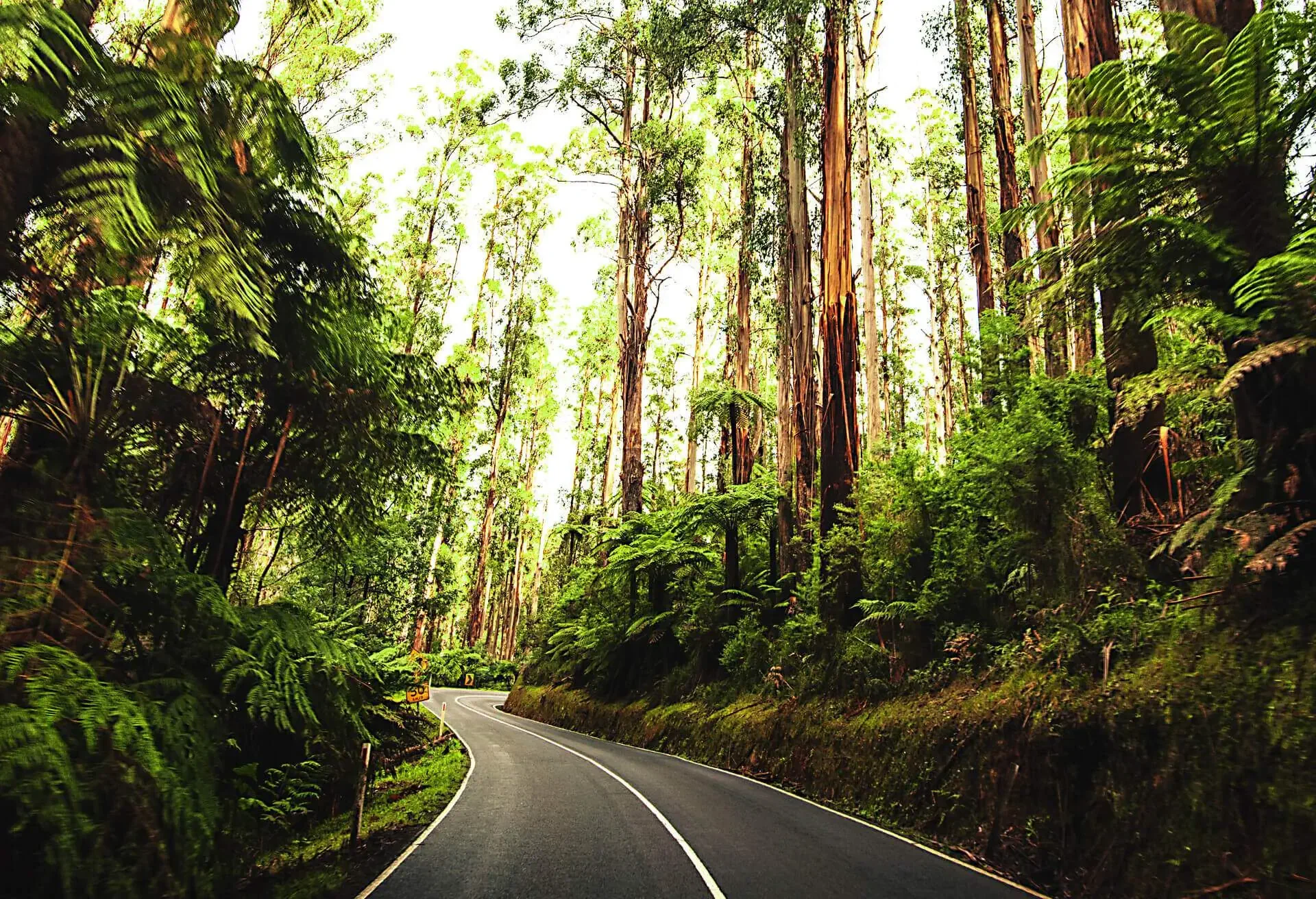
#2 Victoria
Victoria came in a very respectable second place in our rankings. It has great road infrastructure and many useful facilities and services – with the most roads, the most public restrooms by far, the best mobile data coverage, and the most electric vehicle charging stations and service stations. All of this makes it a breeze to get around in the state. It also has the second-best hotel prices. As far as nature and attractions, it’s the state with the most Big Things to see and has a good number of national parks as well.
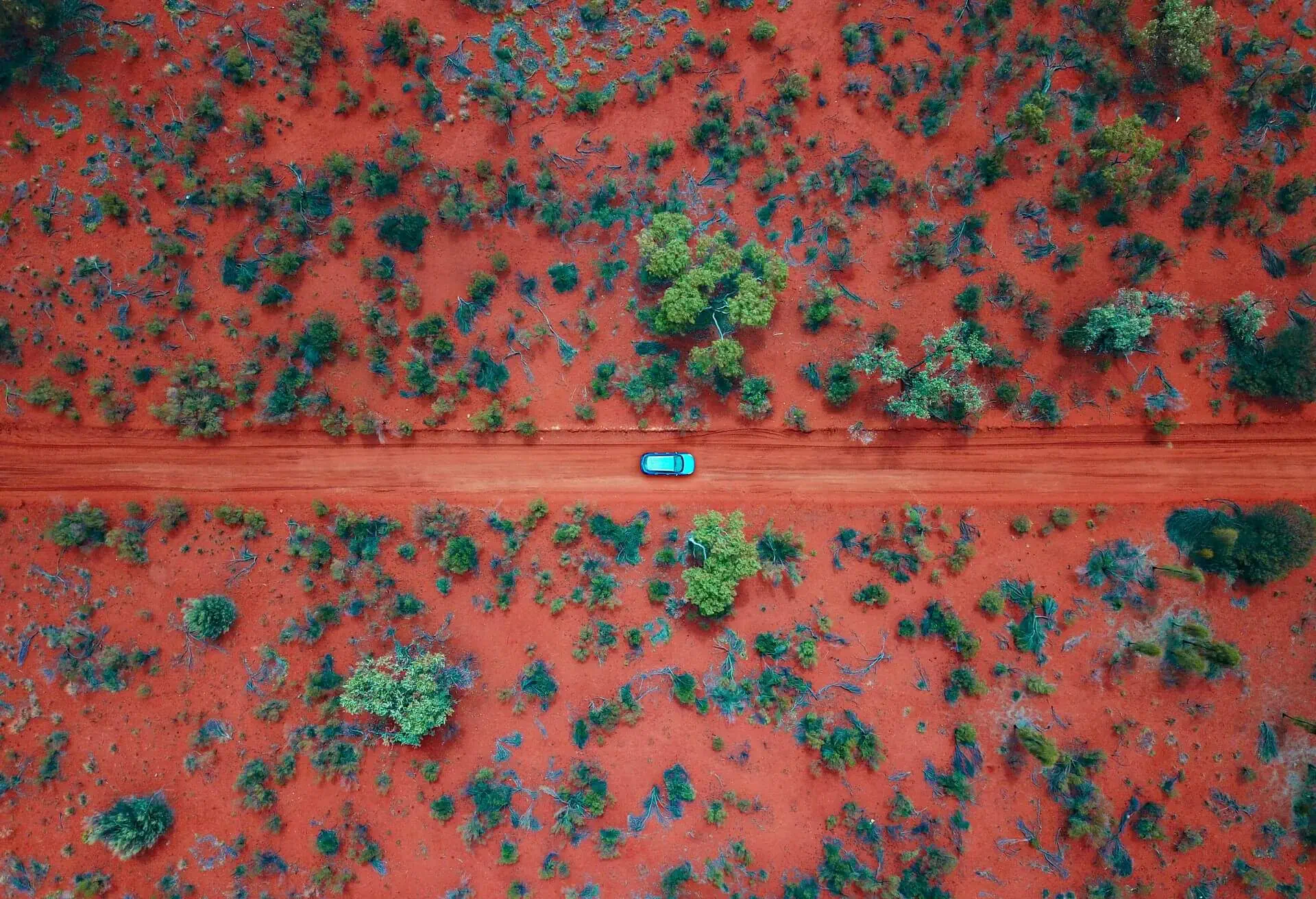
#3 Northern Territory
The Northern Territory came in the No. 3 spot for best road trip state. It scored well in many pricing factors as well: for example, you won’t need to pay any road tolls, and it has the cheapest parking and holiday park prices. The Northern Territory also happens to have the least traffic congestion in its cities, the second-best air quality and the second-most scenic routes to enjoy.
Road trip type winners
Take a deep dive into the five road trip styles to see which state would be your perfect road trip destination.
Infrastructure and Accessibility Affordability Traffic and Sustainability Camping and Outdoors
Infrastructure and Accessibility
#1 Victoria
Victoria won the coveted first position in this trip type for several reasons. It has the most road accessibility and service stations throughout the state by far. It also has the most public restrooms, making bathroom breaks quick and stress-free. Radio and mobile data coverage are the strongest in Victoria too.
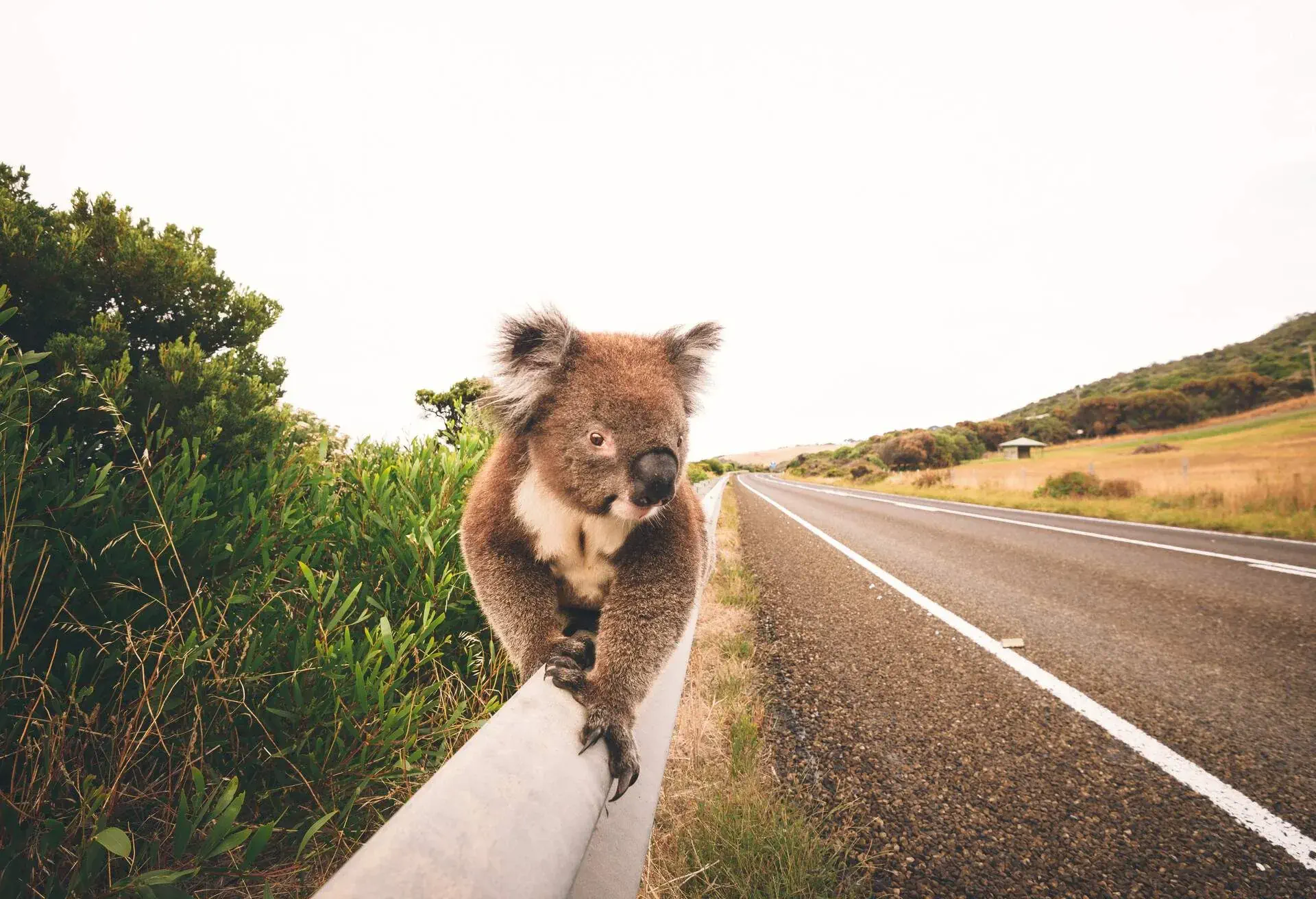
Affordability
#1 Tasmania
Tasmania ranked the most affordable state to take a road trip in. This is because it scored well on several factors: it has no road tolls to pay, has the second-lowest hotels prices of all the states and terriroties, has the cheapest parking prices (tied with the Northern Territory), and has the highest percentage of hotels with free parking.
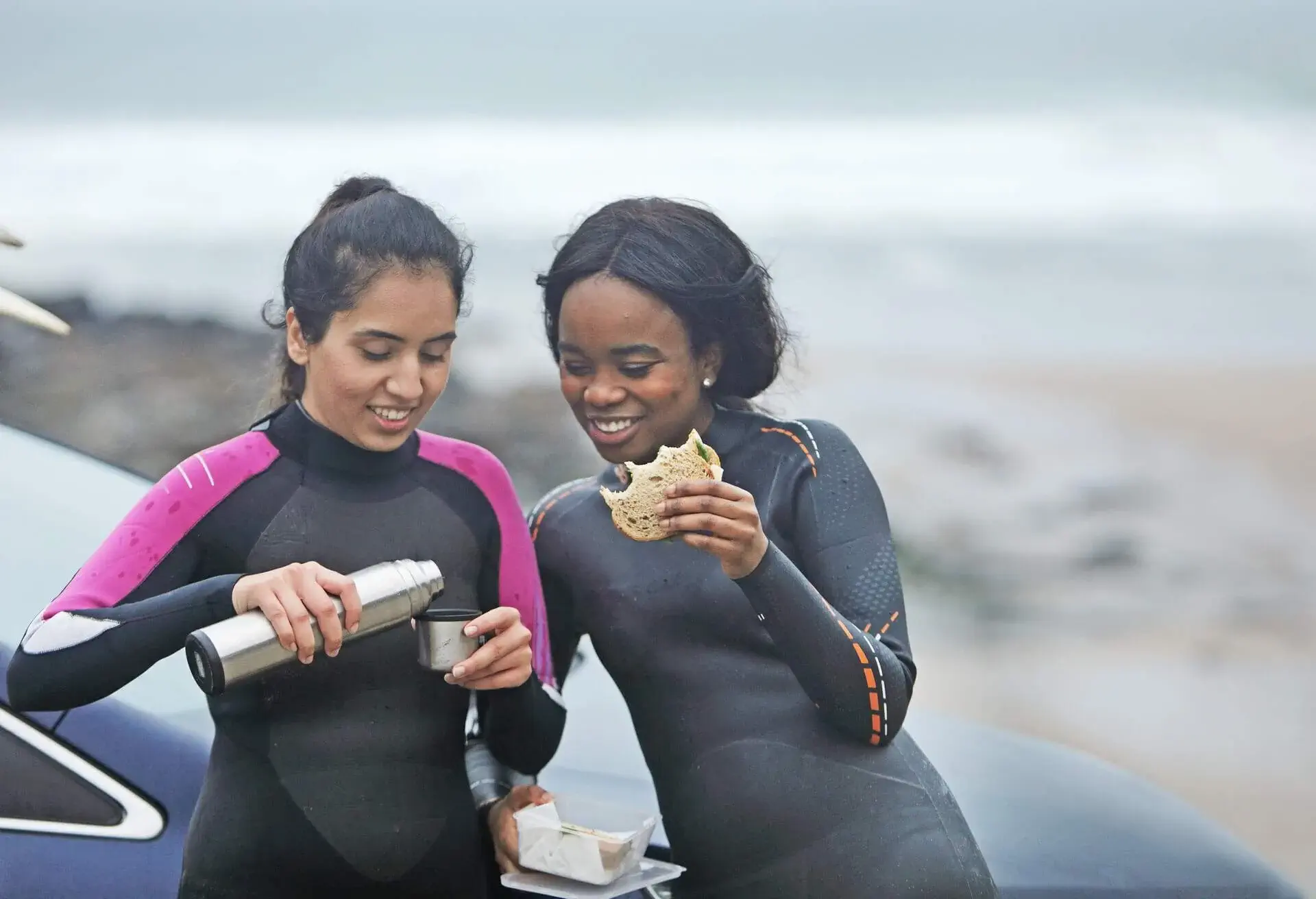
Traffic and Sustainability
#1 Northern Territory
With the lowest number of cars per capita, The Northern Territory ranked the best for low traffic and most sustainable road trips. The state also scored very high on good air quality, coming in second only to Tasmania.
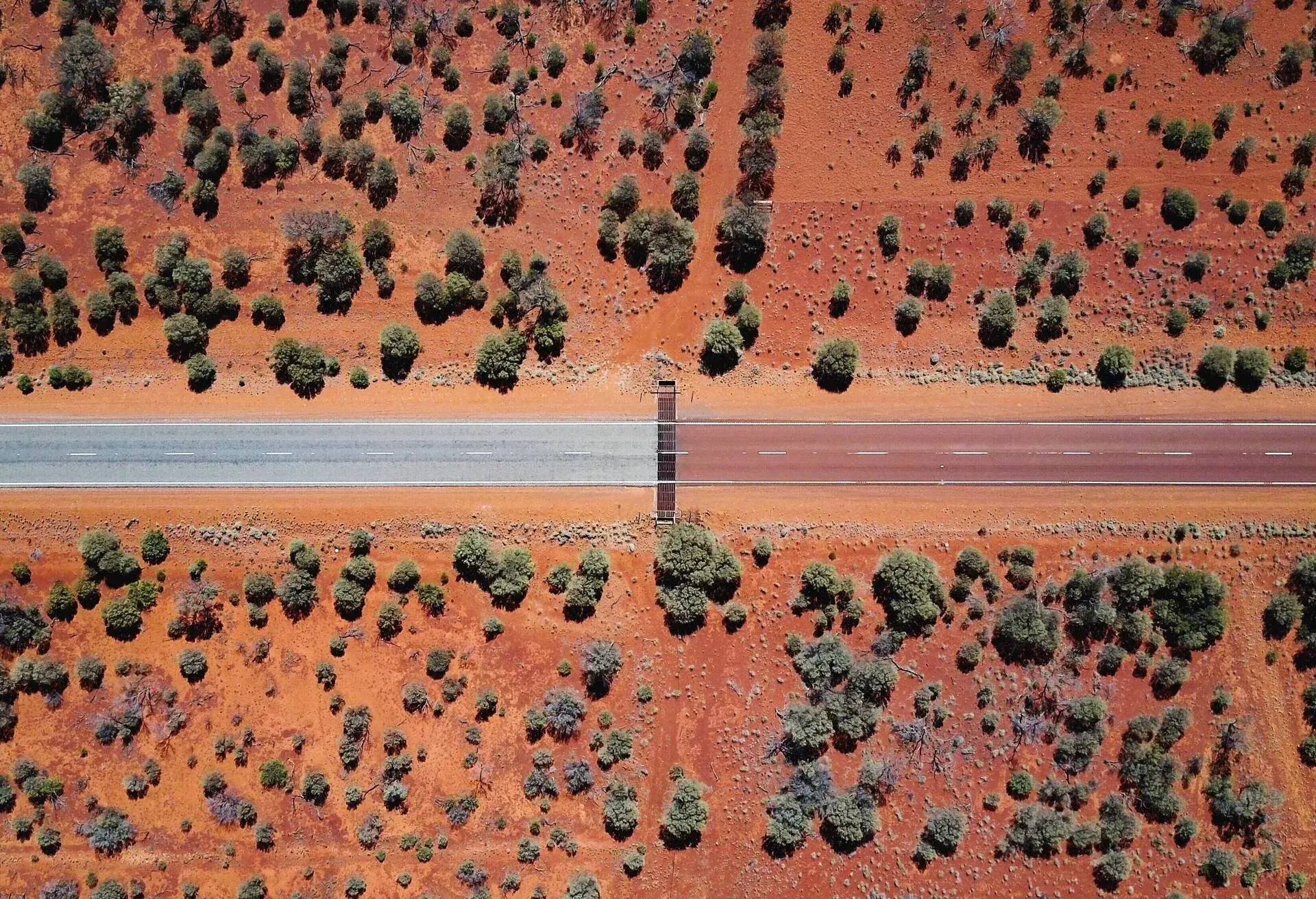
Camping and Outdoors
#1 Tasmania
Tasmania won in this category primarily because it has the highest amount of terrestrial protected areas to camp in and enjoy the outdoors. It also has the most national parks by far – almost twice as many as second-place Victoria. The fact that Tasmania has mild temperatures in summer with not too much rain makes the island an ideal area for sleeping outdoors while on a road trip.
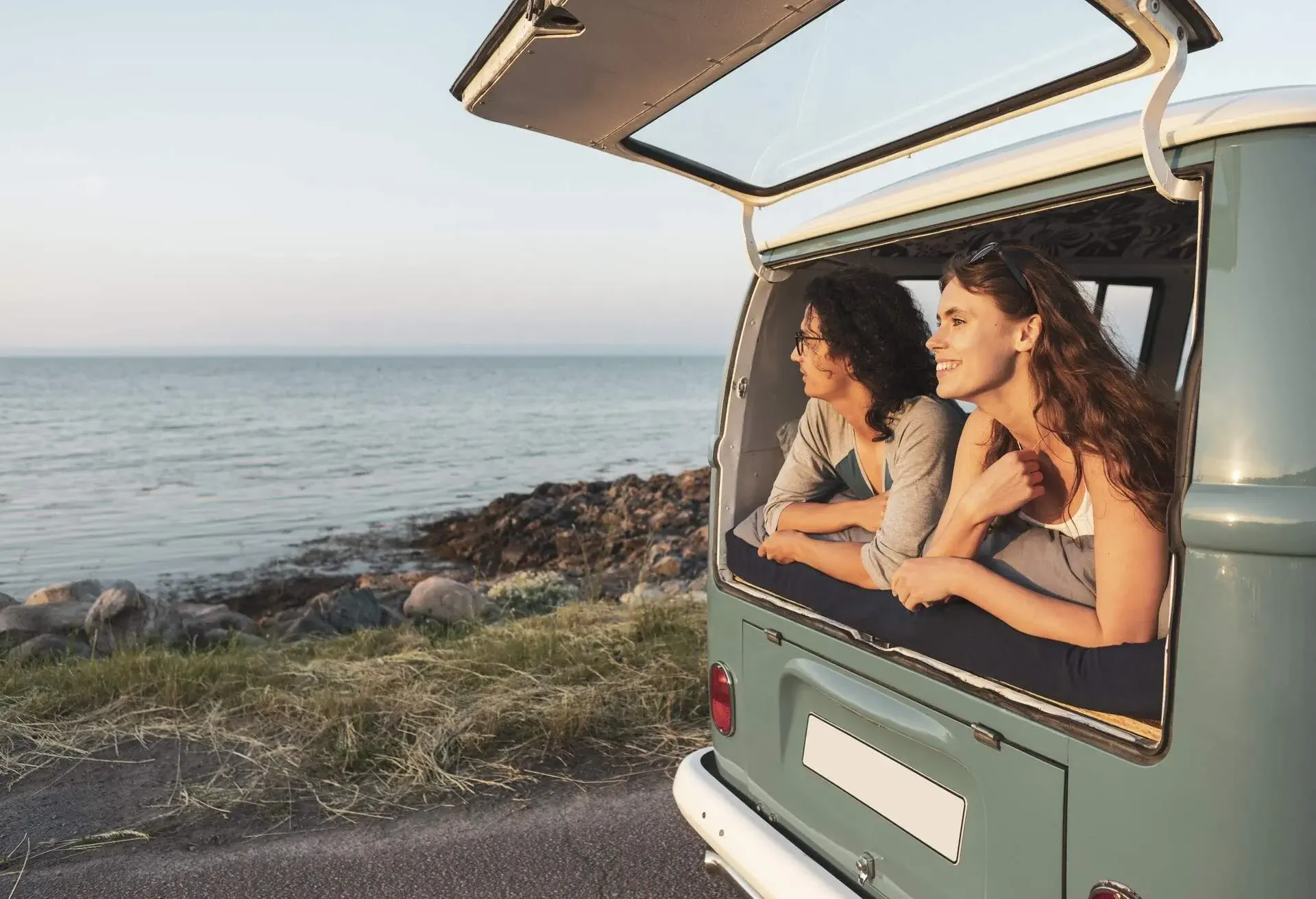
Nature and Landmarks
#1 Tasmania
Many of the same factors that make Tasmania best for camping also makes it the best choice if you’re hoping to see natural wonders. The abundance of terrestrial protected areas and numerous national parks mean it’s home to amazing nature and landmarks, as well as having the second-highest number of iconic Big Things per 100km.
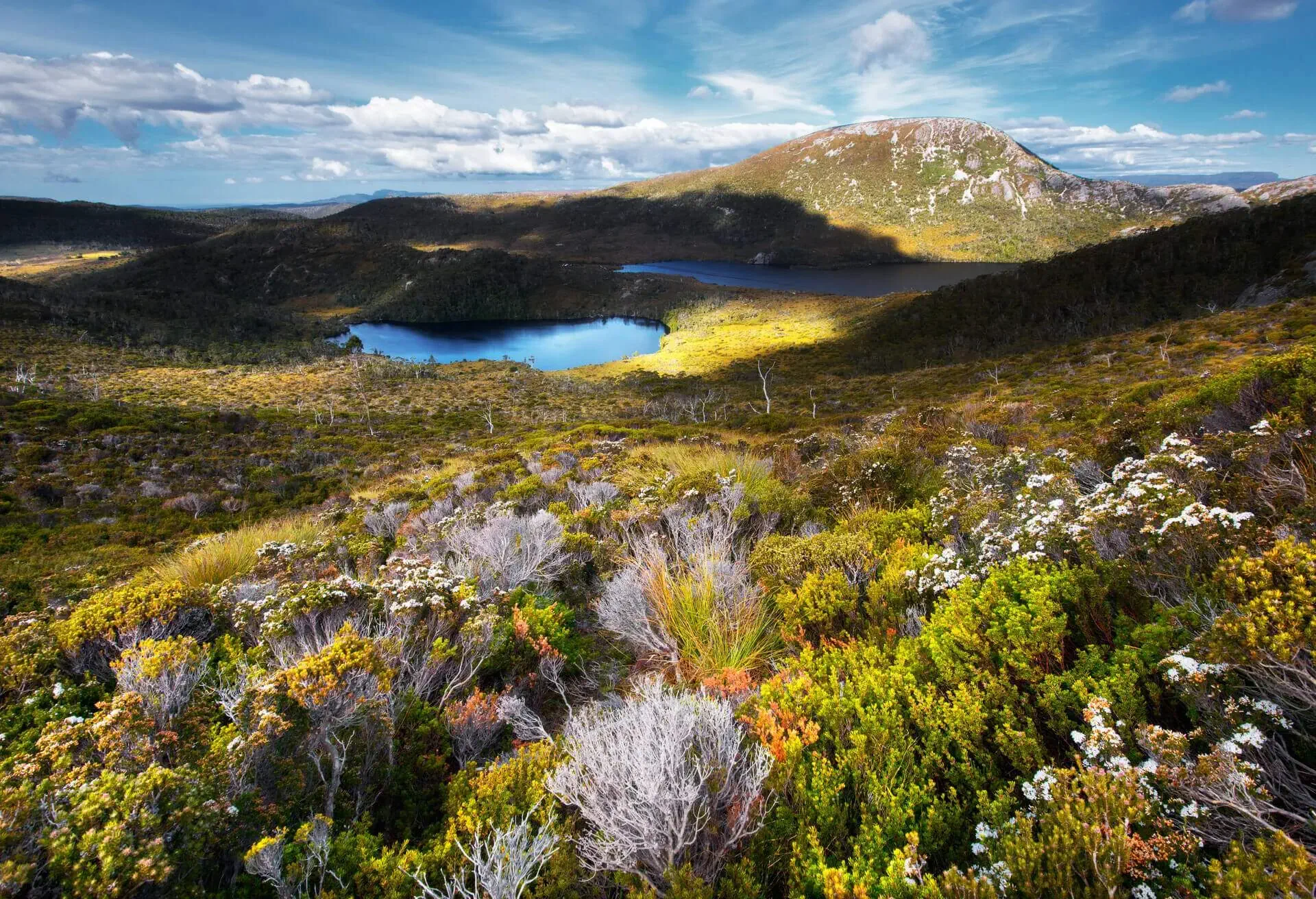
Get inspired for your next roadie
Methodology
Data in five categories has been collected in order to rank Australia’s states and territories in terms of their road trip-friendliness: Infrastructure & Accessibility, Camping & Outdoors, Nature & Landmarks, Affordability and Traffic & Sustainability.
Within these categories, a total of 28 factors have been defined to reach a comprehensive overview of aspects that travellers may encounter and care about when deciding on the destination of their road trip.
All 8 Australian states and territories were included in this analysis. Due to its size, the Australian Capital Territory has been combined with the surrounding state New South Wales.
All sources have been accessed and data retrieved between 22 February – 12 May 2022. The numbers collected are based on the latest available data. See the full list of data sources.
- For each of the 28 factors, a weight indicating its importance has been assigned (1- lowest, 5 – highest). Attractiveness of natural assets and sites (Terrestrial protected areas, National parks & Scenic routes) are considered to be the main drivers for tourism, hence they have been assigned the highest weights (5). They are followed by holiday parks, road congestion levels, road quality and a range of pricing factors influencing a decision for a road trip holiday. Lower weights have been assigned to factors in the weather category as well as others that are not considered the main decision drivers for road trip destinations (e.g. number of passenger cars per capita).
- Values within each factor were firstly normalised using formulas: score = 10 * (x – min(X)) / (max(X) – min(X)) and score = 10 – 10 * (x – min(X)) / (max(X) – min(X)) for inverted values (e.g. car accidents where the lower value is better).
- The weighted average score of the factors has been calculated for each state.
- Lastly, the weighted average score of the factors has been normalised using the formula score = 99 * ( ( (x – min(x) ) / ( (max(x) – min(x) ) ) + 1 to reach the final score on a scale between 1 and 100 (with 1 being the lowest and 100 the highest score).
The same process has been applied separately for selected factors to determine rankings for five different road trip types:
- Traffic & Sustainability type – factors: EV charging stations, Road congestion, Passenger cars per capita, Air pollution;
- Camping & Outdoors type – factors: Precipitation, Temperature, Terrestrial protected areas, National parks, Density of holiday parks, Holiday park prices;
- Nature & Landmarks type – factors: Big things, Terrestrial protected areas, National parks, Scenic routes;
- Affordability type – factors: Road tolls policy, Hotel prices, Parking prices, Holiday park prices, Hotels with free parking, Restaurant prices, Coffee break prices, Car hire prices;
- Infrastructure & Accessibility – factors: Speed limits, Road accidents, Quality of roads, Length of roads, Public toilet density, Rating of car hire companies, Density of holiday parks, Radio coverage, Mobile data coverage, Service stations.
Data sources & factor definitions
Weather:
The Weather category comprises two factors:
Precipitation
Avg. precipitation in depth (mm).
Source: Weatherbase
Temperature
Avg. temperature in a state, based on avg. in major cities.
Source: Weatherbase
Infrastructure & Accessibility:
The Infrastructure & Accessibility category comprises nine factors:
Speed limits
The highest possible speed limit has been taken into calculation (i.e. on motorways or the next highest speed limit in a state if no motorways exist).
Source: Wikipedia
Car accidents
Car accidents resulting in injuries and deaths per 100,000 inhabitants.
Source: Australian Government (Accessed on: 10 April 2022)
Quality of roads: Length of unpaved roads
Length of unpaved roads per 100 km².
Source: Australian Government, Australian Infrastructure and Transport Statistics, Yearbook 2021. (Accessed on: 10 April 2022)
Length of roads
Calculated as the total length of road network (km) per 100 km² land area.
Source: Australian Government, Australian Infrastructure and Transport Statistics, Yearbook 2021. (Accessed on: 10 April 2022)
Public toilets density
Calculated as the number of public toilets per 100 km² land area.
Source: Toilet Finder (Accessed on: 29 April 2022)
Radio coverage
Calculated is the count of radio stations (frequencies) per 100 km² land area.
Source: acma, Radio and television broadcasting stations Report, October 2021 (Accessed on: 29 April 2022)
Mobile coverage
The mobile coverage is measured on a scale of 1(high) – 8(low) based on the remoteness of the state per land area (km²). The land area of a state has been categorised in 1) major cities, 2) inner regional Australia, 3) outer regional, 4) remote and 5) very remote Australia. Based on the size of the land area per category per state, the mobile coverage has been derived. Data from calculations are illustrated on a scale from 0-50, where 50 is the best mobile data coverage.
Source: Own calculations based on Accc, Mobile Infrastructure Report 2021 (Accessed on: 5 April 2022)
Service stations / petrol stations / NRMA RACV coverage
Number of service stations / petrol stations / NRMA RACV coverage per 100 km² land area.
Source: Australian Government, National Freight Data Hub (Accessed on: 23 March 2022)
Car hire companies
Avg. ratings of all car hire companies in a state on a scale of 1-100, where 100 is the best.
Source: KAYAK internal data
Camping:
The Camping category comprises two factors:
Density of holiday parks
Calculated as the number of campsites available per 100 km².
Source: Caravan Industry, Association of Australia (Accessed on: 11 March 2022)
Avg. holiday park prices
Average daily rate of holiday park accommodations per state in AUD.
Source: Caravan Industry, Association of Australia (Accessed on: 11 March 2022)
Affordability:
The Affordability category comprises seven factors:
Road tolls
The states have been divided into three groups based on their method of toll charging:
1 – toll-free motorways
2 – tolls only for certain bridges/tunnels
3 – toll collection at toll gates (fixed price, distance-based or time-based)
These three groups have been weighted with 1 ranked the best and 3 the worst.
Source: Wikipedia (Accessed on: 3 March 2022)
Hotel prices
Avg. hotel price per night (AUD) for standard double room across all hotel types. Prices based on the search period 01/01/2022 – 31/03/2022 for the travel period: 01/04/2022 – 31/12/2022.
Source: KAYAK internal data
Parking prices
Avg. prices in AUD for one-hour on-street parking (calculated as an avg. from big cities in a state).
Source: Enjoy Travel (Accessed on: 18 April 2022)
Share of hotels with free parking
Percentage of hotels with free parking within a state.
Source: KAYAK internal data
Restaurant prices
Avg. restaurant prices in major cities (McMeal at McDonalds or equivalent combo meal).
Source: Numbeo (Accessed on: 10 April 2022)
Coffee break prices
Avg. prices for a coffee (cappuccino) in major cities.
Source: Numbeo (Accessed on: 10 April 2022)
Car hire prices
Avg. prices for a car hire per day in AUD and across all vehicle classes in each region. Prices based on the search period 01/01/2022 – 31/03/2022 for the travel period: 01/04/2022 – 31/12/2022.
Source: KAYAK internal data
Traffic & Sustainability:
The Traffic & Sustainability category comprises four factors:
EV charging stations
Calculated as the total number of EV charging stations per 100,000 km².
Source: The Australian National University. (January 2022). Electric Vehicles and The Grid: Analysis, gaps, and recommendations (Accessed on: 4 May 2022)
Air pollution exposure
The higher the AQI value, the greater the level of air pollution and the greater the health concern. For example, an AQI value of 50 or below represents good air quality, while an AQI value over 300 represents hazardous air quality. Data is expressed as annual averages of a selection of cities within a state.
Source: Air Matters (Accessed on: 25 February 2022)
Road congestion
Average congestion levels in major cities in 2021.
Source: TOMTOM Traffic Index (Accessed on: 19 April 2022)
Cars per capita
Number of passenger cars per 1,000 inhabitants per state.
Source: Australian Bureau of Statistics (Accessed on: 30 April 2022)
Nature & Landmarks:
The Nature & Landmarks category comprises four factors:
Big Things
Number of big things per 100 km². The big things of Australia are large structures, some of which are novelty architecture and some are sculptures, which have become something of a cult phenomenon to visit.
Source: Wikipedia (Accessed on: 7 March 2022)
Terrestial protected areas
Terrestrial Protected Areas in Australia by percentage of jurisdiction protected (Data from 2020). Terrestrial protected areas are totally or partially protected areas of at least 1,000 hectares that are designated by national authorities as scientific reserves with limited public access, national parks, natural monuments, nature reserves or wildlife sanctuaries.
Source: Australian Government (Accessed on: 22 March 2022)
National Parks
Calculated is the percentage share of national park area of total state land area.
Source: Australian Bureau of Statistics (Accessed on: 22 March 2022)
Scenic routes
Calculated is the percentage length of scenic routes within a state of all scenic routes in Australia.
Source: Wikipedia; visitvictoria.com; visitnsw.com; Discover Tasmania; Tourism Australia; Northern Territory, Australia; South Australia (Accessed on: 2 March 2022)
